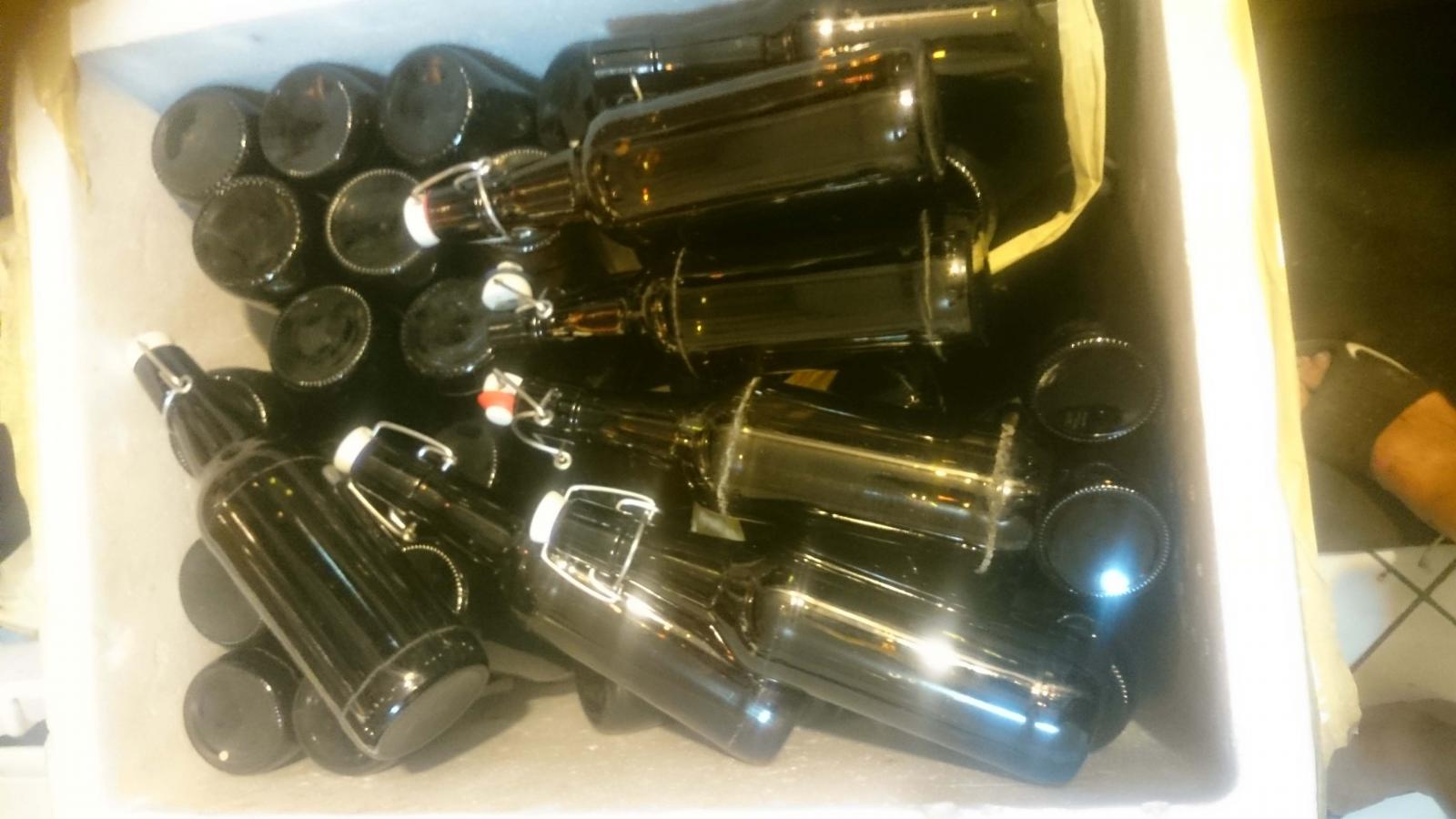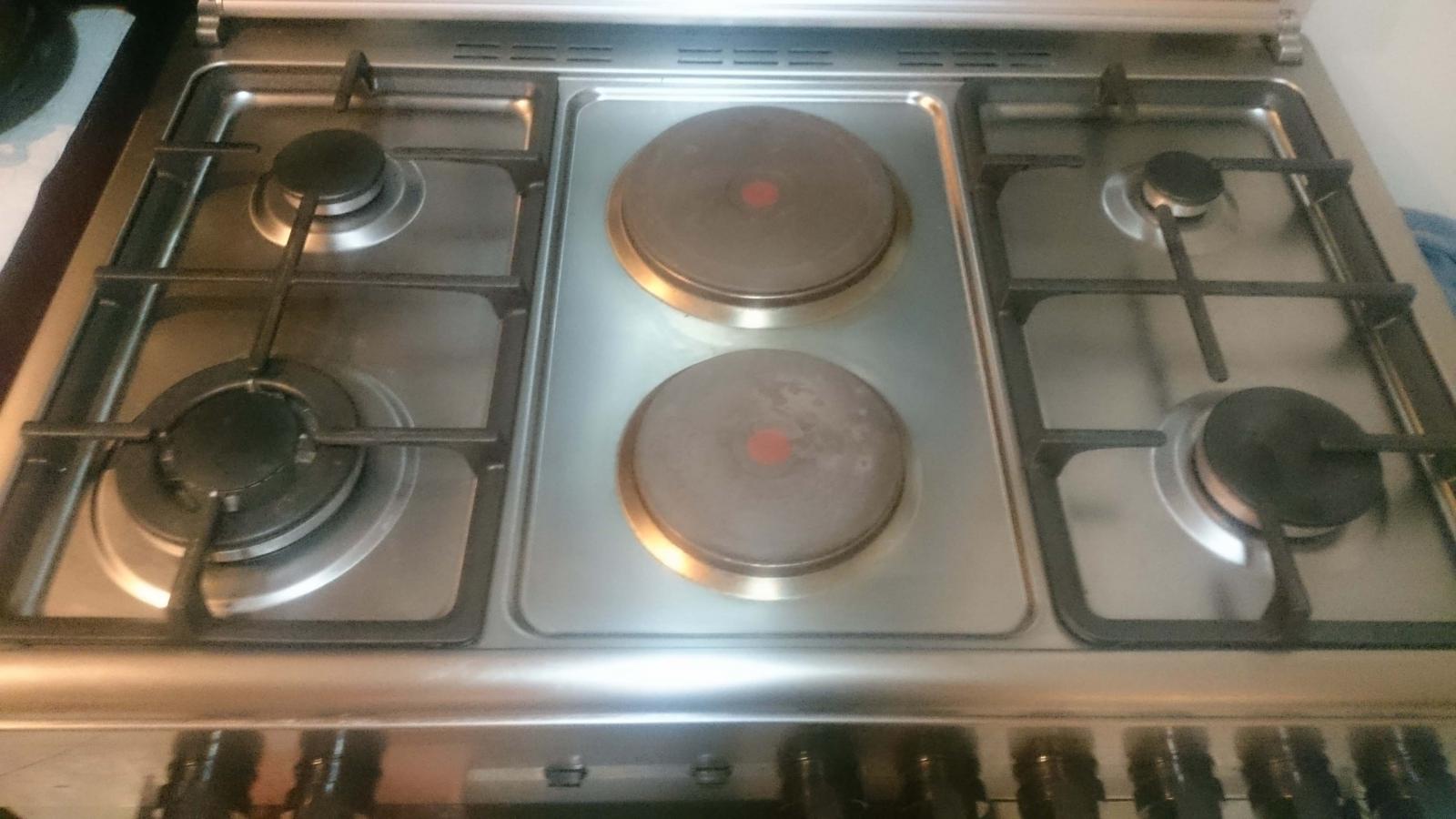And if we make this a success I will name the brew that.
Updates.
1. Stir Plate removed from equipment requirements - RM-MN advice in post 6
2. Potential temp controller added to equipment
3. Updated and changed the recipe reasonably significantly
4. Updated ingredients
5. Updated recipe - removed CaraPils and Maple Syrup
6. Updated brew day procedure
7. Concerned about water volumes....
8. Equipment Updates
------------------------------------------------------------
The Prologue
------------------------------------------------------------
Right, after doing a lot of research over the last week - already learning so much and kicking myself for some huge errors I'm about to receive grain and give this whole thing ago.
I'm about to receive grain and give this whole thing ago.
I decided to go for BIAB methodology mainly due to limited space, and for the time being, this Mrs T doesn't mind with my plans for kitchen access, equipment purchases and me piddling about with a new hobby. As you follow, I hope you gain a further understanding as of my reasons for all grain BIAB as a complete novice.
In case you haven't heard from me yet I am in the tropics - problem number 1!
I have limited supplies to ingredients - problem number 2.
And I have limited supplies to brewing equipment so I will have to 'make do' with what I have in my limited arsenal - problem number 3.
I also have zero experience - but I will give anything my best. Of course, eager, frivolous and in dire need of gaining experience.
So, if you wish - jump along, in what we will call the 'Banzai Brew Bus' - a diary of sorts, and help me get the first beer off to a flyer.
I would prefer to keep this thread to constructive feed back, and where possible keep it a upbeat as we can.
So, with that in mind, join me and raise your glasses,kick back, open a cold one, feet up and come along for the ride.
------------------------------------------------------------
Mile 1 in the Bonzai Brew Bus
------------------------------------------------------------
Ingredients...
Right then. Sleeves rolled up - let's see where it is at.
Grains and ingredients are ordered and on their way. Cost of shipping high. Many gross errors made (5kg roasted barley anyone?)
*****
Weyermann® Carabohemian® - 2lbs
Weyermann® Carahell® Malt - 2lbs
Weyermann® Carapils® - 2lbs
Weyermann® Caramunich® Type 3 - 2lbs
Weyermann® CaraRed® - 2lbs
Weyermann® Premium Pilsner Malt Extra Pale - 12lbs
Weyermann® Roasted Barley- 12lbs (over ordered by a long shot by novice error - don't do this!)
Weyermann® Barke Pilsner Malt - 50lbs HBS is running out of various stocks quickly and I am worried it is going to shut down so ordered this unmilled - I am gonna be brewing for a while!
Fermentis® Safbrew Abbaye
Fermentis® Safale US-05
Fermentis® Safale S-04
Fermentis® Saflager W-34/70
Golding (UK East Kent) Hop Pellets
German Tradition Hop Pellets
Cascade Pellets HBS is running out of various stocks quickly and I am worried it is going to shut down
Conditioning tablets
*****
All of the grains are milled for me - two reasons, one I don't have a grain mill, two I can't buy a grain mill easily of an appropriate size for home use.
There are some clearly blinding errors in here. For starters, storage. Not to mentioned the over orders and underestimates in various things. A new order will be placed over the next week for another batch. This time with sensible ideas in mind.
*****
Happy Brewing
Jim
Updates.
1. Stir Plate removed from equipment requirements - RM-MN advice in post 6
2. Potential temp controller added to equipment
3. Updated and changed the recipe reasonably significantly
4. Updated ingredients
5. Updated recipe - removed CaraPils and Maple Syrup
6. Updated brew day procedure
7. Concerned about water volumes....
8. Equipment Updates
------------------------------------------------------------
The Prologue
------------------------------------------------------------
Right, after doing a lot of research over the last week - already learning so much and kicking myself for some huge errors
 I'm about to receive grain and give this whole thing ago.
I'm about to receive grain and give this whole thing ago. I decided to go for BIAB methodology mainly due to limited space, and for the time being, this Mrs T doesn't mind with my plans for kitchen access, equipment purchases and me piddling about with a new hobby. As you follow, I hope you gain a further understanding as of my reasons for all grain BIAB as a complete novice.
In case you haven't heard from me yet I am in the tropics - problem number 1!
I have limited supplies to ingredients - problem number 2.
And I have limited supplies to brewing equipment so I will have to 'make do' with what I have in my limited arsenal - problem number 3.
I also have zero experience - but I will give anything my best. Of course, eager, frivolous and in dire need of gaining experience.
So, if you wish - jump along, in what we will call the 'Banzai Brew Bus' - a diary of sorts, and help me get the first beer off to a flyer.
I would prefer to keep this thread to constructive feed back, and where possible keep it a upbeat as we can.
So, with that in mind, join me and raise your glasses,kick back, open a cold one, feet up and come along for the ride.
------------------------------------------------------------
Mile 1 in the Bonzai Brew Bus
------------------------------------------------------------
Ingredients...
Right then. Sleeves rolled up - let's see where it is at.
Grains and ingredients are ordered and on their way. Cost of shipping high. Many gross errors made (5kg roasted barley anyone?)
*****
Weyermann® Carabohemian® - 2lbs
Weyermann® Carahell® Malt - 2lbs
Weyermann® Carapils® - 2lbs
Weyermann® Caramunich® Type 3 - 2lbs
Weyermann® CaraRed® - 2lbs
Weyermann® Premium Pilsner Malt Extra Pale - 12lbs
Weyermann® Roasted Barley- 12lbs (over ordered by a long shot by novice error - don't do this!)
Weyermann® Barke Pilsner Malt - 50lbs HBS is running out of various stocks quickly and I am worried it is going to shut down so ordered this unmilled - I am gonna be brewing for a while!
Fermentis® Safbrew Abbaye
Fermentis® Safale US-05
Fermentis® Safale S-04
Fermentis® Saflager W-34/70
Golding (UK East Kent) Hop Pellets
German Tradition Hop Pellets
Cascade Pellets HBS is running out of various stocks quickly and I am worried it is going to shut down
Conditioning tablets
*****
All of the grains are milled for me - two reasons, one I don't have a grain mill, two I can't buy a grain mill easily of an appropriate size for home use.
There are some clearly blinding errors in here. For starters, storage. Not to mentioned the over orders and underestimates in various things. A new order will be placed over the next week for another batch. This time with sensible ideas in mind.
*****
Happy Brewing
Jim
Last edited:












